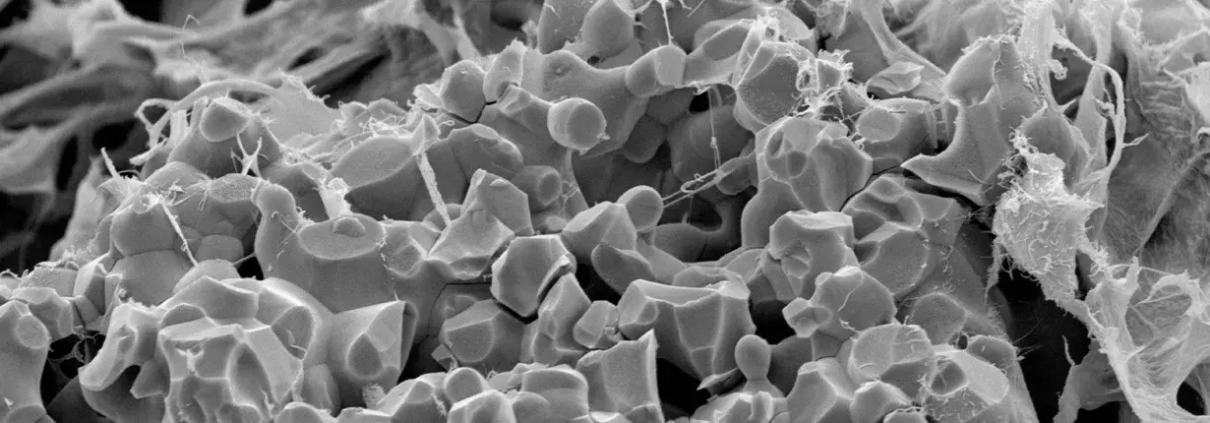Cerasorb reliable bone graft substitute with low complication rates for curettage of bone tumors

Artificial bone graft substitutes (ABGS) for curettage of bone tumors are becoming increasingly popular. Ulrike Susanne Wittig et al conducted a retrospective analysis to determine the efficacy of the ABGS Cerasorb (Curasan-AG, Kleinostheim, Germany), a beta-tricalcium phosphate (beta-TCP), concerning resorption profile, bone healing, and remodeling after surgery and to evaluate potential complications. The study has been published in “Indian Journal of Orthopaedics.”
Cerasorb is a pure-phase beta-tricalcium phosphate (β-TCP) with precisely defined physical and chemo-crystalline properties and a high level of uniformity of chemical composition and purity. In contrast to alpha-tricalcium phosphates (α-TCP), β-TCP is thermodynamically stable in a biological environment and within a normal temperature range. Biodegradation is faster than that of α-TCP.
Forty-three patients suffering from benign and low-grade malignant bone tumors were treated with curettage and refilling of the bony cavity using the ABGS Cerasorb were included in the final analysis. Clinical follow-up exams with X-rays in two planes were performed 6 weeks, 3 months, 6 months, and 1 year after surgery.
Key findings of the study were:
• The study cohort consisted of 21 male and 22 female patients.
• Patients’ mean age at surgery was 42 years (range 15–70 years).
• Seventeen lesions were located in the distal femur, one was in the femoral diaphysis, one was in the proximal fibula, three lesions were in the proximal tibia, one in the distal tibia, one was in the acetabulum, two in the metacarpal bones, and one in the medial phalanx of the fifth finger, three lesions were in the proximal femur, four were located in the humeral diaphysis, and nine lesions were located in the proximal humerus.
• After a mean follow-up period of 14.6 months, radiological consolidation following curettage was observed in all patients.
• Total resorption was observed in 16.3% of patients; in the other 83.7%, resorption was partial.
• In four patients, of whom two had a tumor in the distal femur and two in the humeral diaphysis, fractures occurred within 6 weeks after primary surgery.
The authors commented – “In conclusion, the beta-TCP Cerasorb seems to be a reliable bone graft substitute with low complication rates and is a suitable alternative to autologous bone grafts or allografts. Nonetheless, it shows a tendency of delayed resorption.”
Level of Evidence III – retrospective cohort study.
Further reading:
Artificial Bone Graft Substitutes for Curettage of Benign and Low Grade Malignant Bone Tumors: Clinical and Radiological Experience with Cerasorb
Ulrike Susanne Wittig, Jorg Friesenbichler et al
Indian Journal of Orthopaedics (2023) 57:1409–1414



